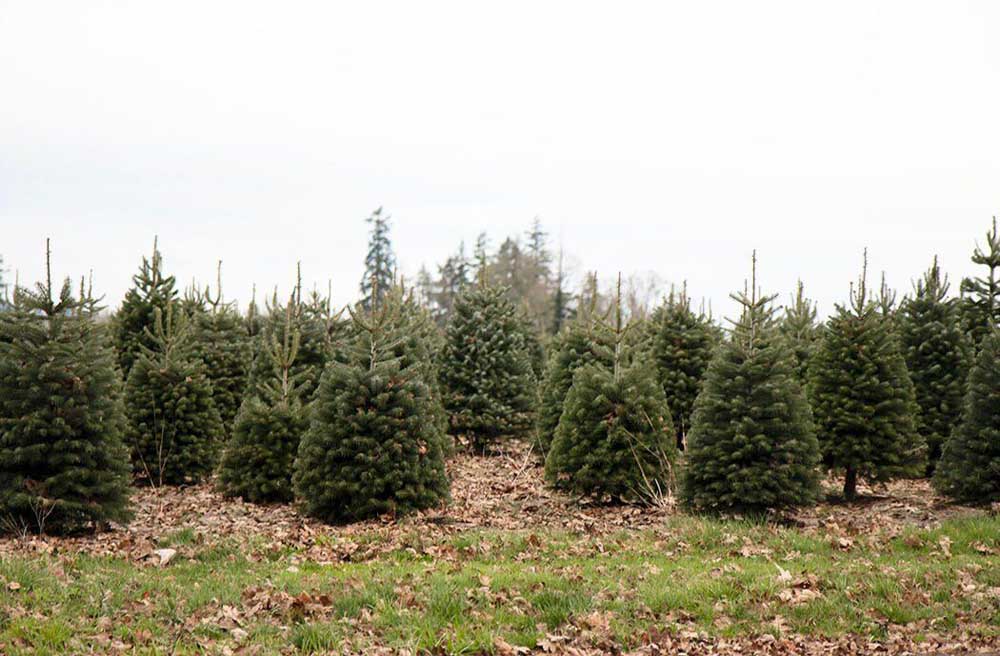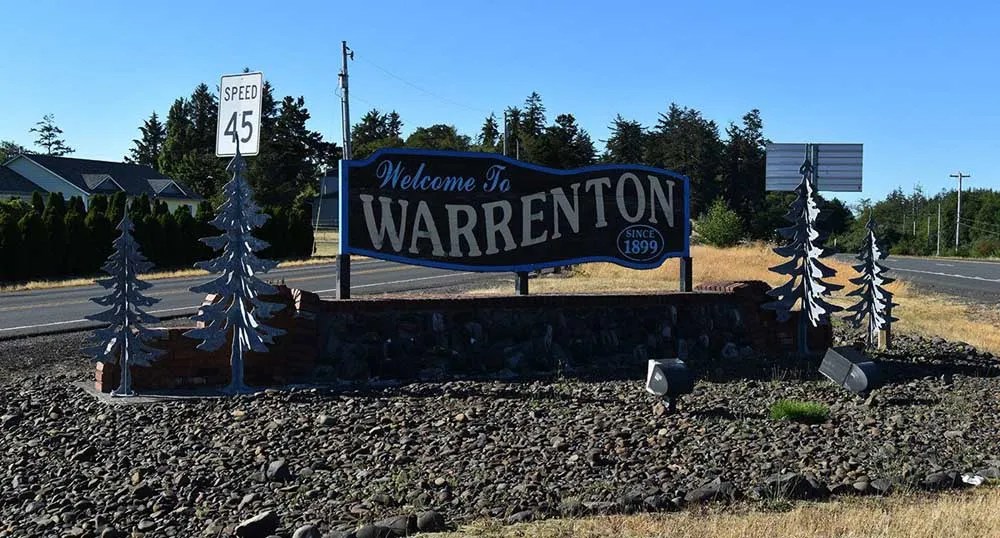Christmas trees show damage from summer heat wave
Published 5:15 pm Wednesday, December 1, 2021

- Christmas trees in Oregon’s Willamette Valley.
Finding the perfect Christmas tree this year could be tricky after a brutal summer heat wave caused extensive damage to the crop across the Pacific Northwest.
Trending
Temperatures soared as high as 117 degrees in Oregon’s Willamette Valley during a multi-day “heat dome” in late June, burning needles to a crisp and wiping out 70% of Noble fir seedlings, according to one estimate from Oregon State University.
Chal Landgren, a Christmas tree specialist for the Oregon State University Extension Service, said the extreme heat was unlike anything he has ever seen, and added to what was already a dry summer.
“For seedling trees specifically, this last year was devastating,” Landgren said.
Trending
The effects of the heat dome can also be seen in mature, harvestable trees. At Landgren’s 5-acre farm in Scappoose, harvest was down roughly 10%. In some cases, trees were almost completely burned on the south-facing side.
“We’re just waiting to see if the buds are alive,” Landgren said. “Maybe we’ll be able to harvest them next year. I don’t know yet.”
Industry-wide, Oregon’s Christmas tree harvest is likely to be down 5% to 10%, said Tom Norby, president of the Oregon Christmas Tree Growers Association.
Oregon grows nearly one-third of all U.S. Christmas trees — 86% of which are Noble and Douglas firs — on 45,000 total acres. The crop was valued at $106.9 million in 2020.
Establishing tree seedlings is already difficult, said Norby, of Trout Creek Tree Farm in Corbett, about 20 miles east of Portland. Losing 70% of Noble firs is a serious blow for growers, and could have implications for years to come.
{p class=”p1”}”As an industry, we’re going to have to take last year’s survivable trees, this year’s survivable seedlings and the ones that are going to survive next year,” Norby said. “We’ll blend all those together, and hopefully it can fill the void of the one-year devastation.”
{p class=”p1”}It generally takes eight years for a Noble fir seedling to grow into a mature, 7 to 8-foot-tall Christmas tree, Norby said.
{p class=”p1”}With Christmas just weeks away, Norby said there should still be plenty of trees available this year, though consumers may notice some more burnt or wilted tops and branches.
{p class=”p1”}”You might have a little global warming damage on your tree,” he said.
{p class=”p1”}The amount and type of damage varies, he said, depending on where the tree was grown. Areas around Corvallis, Dallas and Banks saw little damage compared to areas farther east toward Oregon City, Molalla and Estacada.
{p class=”p1”}In the bigger picture, Norby said growers may need to adjust their farming practices to survive longer, hotter and drier summers.
{p class=”p1”}At Trout Creek Tree Farm, Norby said 70% of his seedlings actually survived the heat. Once the trees are established, he plants fescue grass as a cover crop between fields, which he said helps to retain more moisture in the soil and keep the ground from superheating, since most Christmas trees are grown without irrigation.
{p class=”p1”}Breeders like Landgren are also focused on developing more drought- and heat-resistant tree varieties.
{p class=”p1”}”As growers, we’re going to have to take this event and learn from it, and adapt some of the ways we’re growing Christmas trees,” Norby said.









